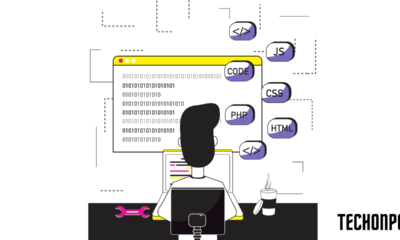
Research Data
User research data is one of the most important pieces of information for any business, especially when it comes to product development and design. It allows you to understand your users’ needs, wants, and pain points so that you can create products that they will love. There are many different ways to collect user research data, but the most common are interviews, surveys, and focus groups.
Once you have collected all of your user research data, it is time to start synthesizing it. Data synthesis is the process of organizing and making sense of all of your data. This can be a daunting task, but it is essential to do if you want to make use of your user research data.
Here are 5 steps to help you synthesize your user research data:
1. Organize your data
The first step to synthesizing your data is to get it all organized. This means creating a system for storing and accessing the data that works for you and your team. There are various methods to do this, so find one that will work best for you.
One of the most common and efficient methods is to create a spreadsheet with all of your data. Another is to create a folder system on your computer. Whichever method you select, make sure that it is easy to use and accessible to everyone on your team.
2. Identify patterns and trends
Another important step in data synthesis is to identify patterns and trends. This may be done by looking at your data as a whole and identifying any common themes. You can also look at specific data points and see if there are any patterns or trends that emerge.
For instance, if you notice that a lot of users are having trouble with a certain task, you can focus on that area and see if there are any common solutions that can be implemented.
3. Create models and prototypes
Once you have identified some patterns and trends in your data, you can start to create models and prototypes. This step is vital because it enables you to take your data and turn it into something that can be used to improve your product.
Models and prototypes can be used to test new ideas and solutions, so they are a valuable tool in the data synthesis process.
4. Evaluate your findings
After you have created some models and prototypes, it is time to evaluate your findings. This step is important because it allows you to determine whether or not your data synthesis process was successful.
Evaluating your findings will also help you identify any areas that need improvement. You can use a variety of methods to evaluate your findings, but some common ones are usability testing and surveys.
5. Get professional help
If you find that you’re having trouble synthesizing your user research data, you may want to consider getting professional help from a user research firm.
These firms specialize in data synthesis and can help you get the most out of your user research data.
Create a Concise Picture of Your Users with Data Synthesis
Synthesizing user research data is an important step in the product design and development process. By taking the time to understand your users, you may create a better product that meets their needs.
The five steps presented in this article will help you get the most out of your user research data and create a product that your users will love!

 Microsoft4 years ago
Microsoft4 years ago
 Torrent4 years ago
Torrent4 years ago
 Money4 years ago
Money4 years ago
 Torrent4 years ago
Torrent4 years ago
 Education3 years ago
Education3 years ago
 Technology4 years ago
Technology4 years ago
 Technology4 years ago
Technology4 years ago
 Education3 years ago
Education3 years ago




You must be logged in to post a comment Login